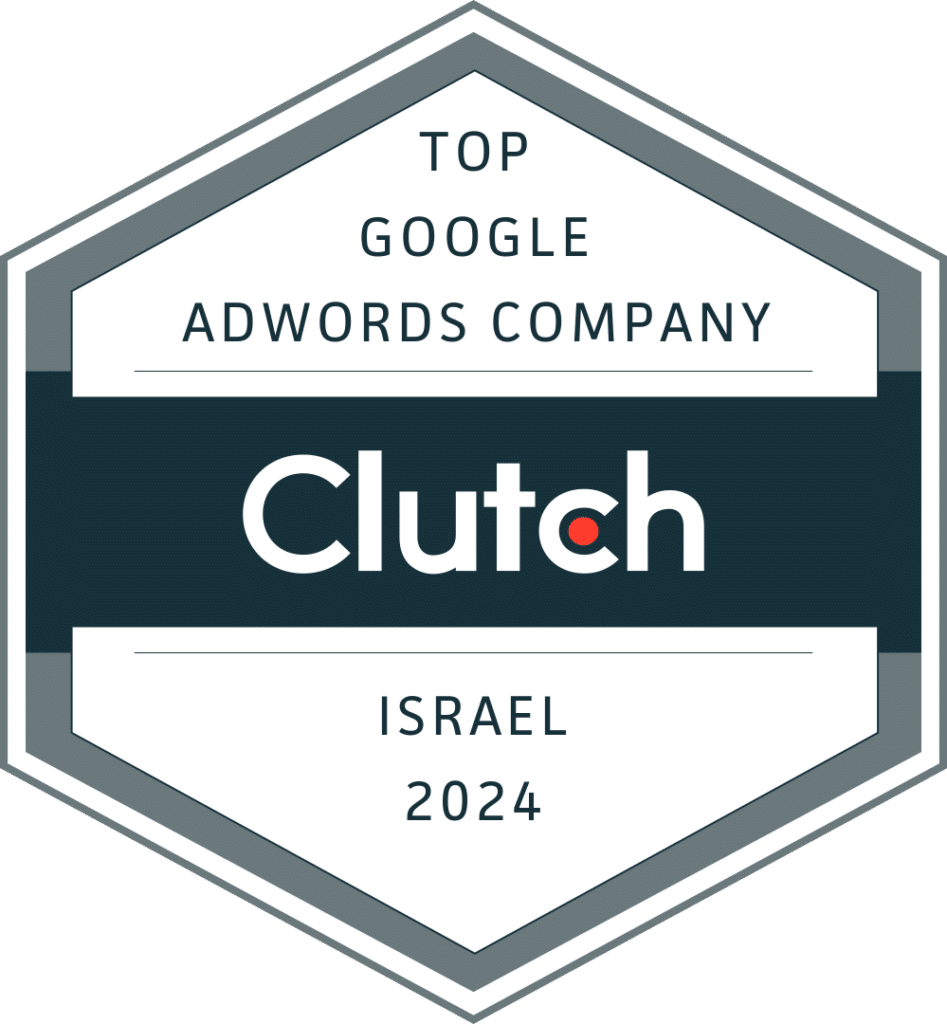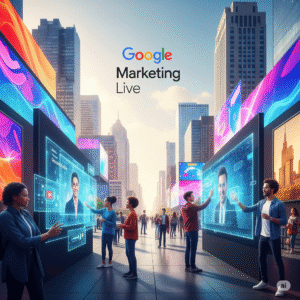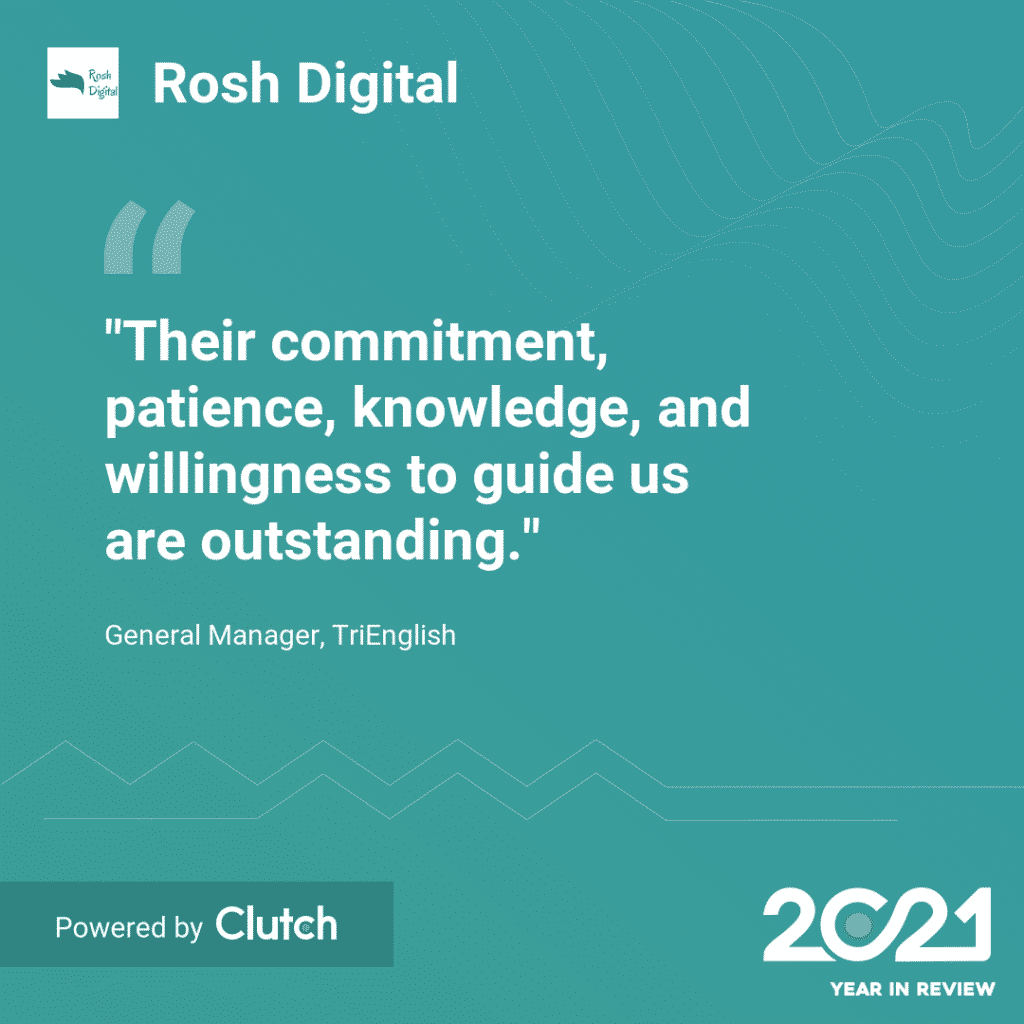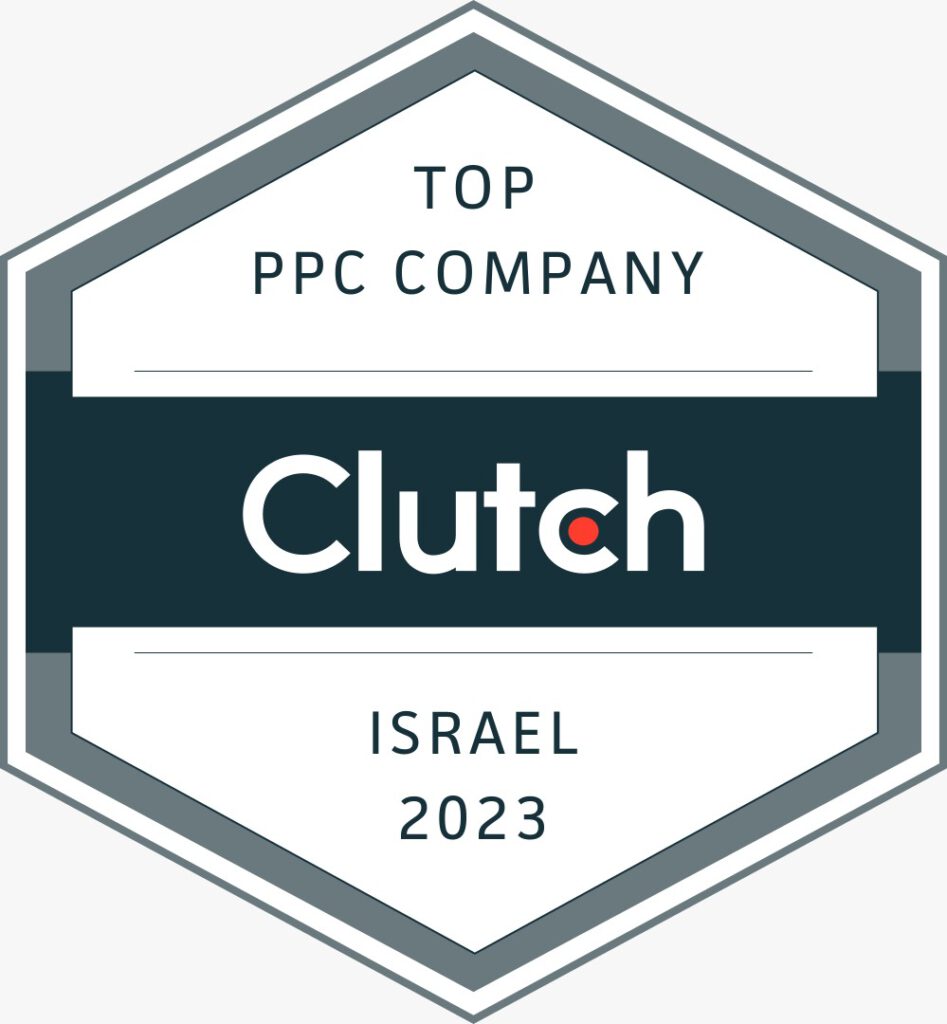PPC (Pay-Per-Click) advertising has evolved significantly since its inception, reflecting changes in technology, consumer behavior, and the digital marketing landscape. A historical perspective on top PPC advertising techniques can shed light on its progression:
- Early Days (Late 1990s – Early 2000s): PPC advertising emerged with the launch of search engines like GoTo.com (later Overture, then acquired by Yahoo!) and Google AdWords (now Google Ads). Advertisers bid on keywords to display text ads alongside search results. Keyword relevance and bid amount primarily determined ad placement.
- Keyword-Centric Optimization (Mid-2000s – Late 2000s): During this period, PPC advertisers focused on refining keyword selection and bid management strategies. Advertisers aimed to improve ad relevance, click-through rates (CTR), and Quality Score to achieve better ad positions and lower costs.
- Ad Extensions and Enhanced Formats (Late 2000s – Early 2010s): Platforms like Google Ads introduced ad extensions, enabling advertisers to include additional information such as site links, phone numbers, and location information. Enhanced ad formats like product listing ads (PLAs) and video ads provided new opportunities for visual and interactive advertising.
- Mobile Optimization (2010s): With the proliferation of smartphones, PPC advertisers began optimizing campaigns for mobile users. Mobile-specific ad formats, responsive design, and location-based targeting became essential for reaching on-the-go consumers effectively.
- Data-Driven Decision Making (2010s – Present): The rise of big data and analytics revolutionized PPC advertising. Advertisers leveraged advanced targeting options, audience segmentation, and remarketing to deliver personalized ads to specific demographics and user segments.
- Automation and AI (Mid-2010s – Present): Automation and artificial intelligence (AI) reshaped PPC advertising by streamlining campaign management, bid optimization, and ad creative testing. Machine learning algorithms analyze vast amounts of data to identify patterns and optimize ad performance in real-time.
- Cross-Channel Integration (Late 2010s – Present): As consumers engage with brands across multiple channels, PPC advertising strategies expanded to encompass cross-channel integration. Advertisers integrate PPC campaigns with social media, display advertising, email marketing, and other channels to create cohesive marketing experiences.
- Focus on User Experience (Present): In the contemporary landscape, PPC advertisers prioritize user experience, emphasizing factors like ad relevance, landing page quality, and site speed. Enhanced targeting capabilities enable advertisers to deliver hyper-personalized ads tailored to individual preferences and behaviors.
Throughout its evolution, PPC advertising has undergone continuous innovation driven by advancements in technology, changes in consumer behavior, and evolving industry best practices. Advertisers must adapt to these shifts to stay competitive and effectively reach their target audiences in the ever-changing digital ecosystem.













